The success of your POS rollout starts with choosing the right tools.
.png?width=555&name=Hiring-delivery-drivers-image%20(1).png)
There are many ways to get your food into the hands of your customers, but only one of them has grown exponentially in recent years. At this point, if you don’t have delivery, you’re missing out on potentially hundreds of dollars each day.
So why does offering delivery to your customers matter?
Because it gets your food to them in the fastest, most convenient way possible. This is a service that customers value highly, with the quick-service restaurant delivery market being valued at over $25 billion in the U.S. alone.
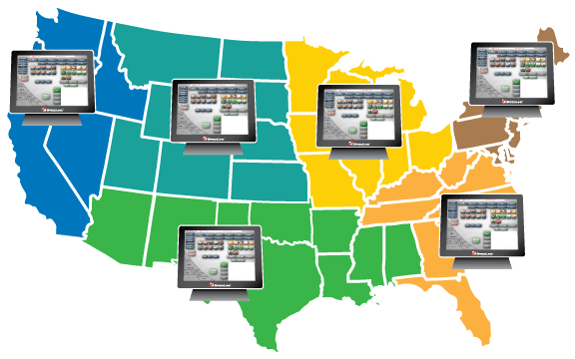
Knowing the value of food delivery is one thing, but successfully implementing it in your restaurant is another. The first piece of the puzzle can involve upgrading your current POS to one that can handle a modern restaurant delivery system.
You need more than just an employee taking delivery orders over the phone and entering them into your POS. You’ll need an online ordering platform, an advanced delivery POS system that can direct online orders to the kitchen without a need for re-entry, and an efficient distribution system to get the orders out to customers before the food gets cold.
For help evaluating your current delivery system, or to discover what is needed to offer food delivery, complete this Restaurant Delivery Audit.
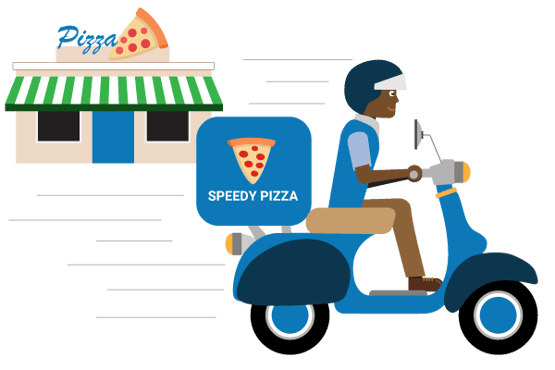
So you’ve got a delivery system set up, now what? Well, now it’s time to put your marketer cap on and start sharing. Your delivery program is a product, and just like any other product, it needs the proper marketing push.
A large part of this is going to be the type of packaging and other materials that you use during each delivery. For example, a lot of restaurants are satisfied using plain cardboard boxes and Styrofoam containers to deliver their food. But the small cost reduction of using these generic materials is massively overshadowed by the downsides that come with it. Without packaging that has your logo, there’s nothing to differentiate you from the competition.
Another one of the major packaging mistakes that you’ll want to avoid is forgetting to include menus, coupons, or other promotional items with every delivery or takeout order. If someone has ordered from your restaurant, they have a 60-70% chance of turning into a repeat customer. And since obtaining a new customer is 16 times more expensive than keeping a current one, retaining your existing customers is something that you need to prioritize. By putting menus and coupons in with delivery and takeout orders, you make buying from you again as simple as possible.
You’ll also need to make sure that you’re advertising your delivery service in a way that makes sense. If you’re going to send out mailers promoting your delivery, then be sure to send them only to addresses that are within your delivery area.
For stores that have both in-house and third-party delivery, promote your own delivery service over the third-party option. Not only does this help you avoid expensive fees often associated with services like Uber Eats, Doordash, or SkiptheDishes, but it also aligns with the fact that 70% of customers would rather order directly through you rather than through a third-party service.
“We never advertise that we do third-party. If somebody is calling into the store and they have questions about delivery or something like that, we're encouraging them to try to make their deliveries with us or to go online to our website.”
- Bill Siwicki, Pizza Works
“For decades, our boxes have always had all the information on them: website, telephone numbers, stuff like that. Not a single box goes out that doesn't have something. It's got to have a menu, comeback coupons, it's got to have something.”
- Bill Siwicki, Pizza Works
If you’d love to hear more from Bill Siwicki and other industry experts about how to successfully promote your delivery program, check out our Rethinking Delivery webinar.
Here’s a short clip from the webinar where they discuss ideal delivery packaging to maximize food quality:
Not all delivery programs are going to cost the same. There will be both fixed and variable costs that include:
Knowing how to calculate the costs of offering delivery allows you to better plan and develop a service that works for you. For example, if your delivery orders are a small percentage of your business, or you don’t have a lot of spare funds to dedicate towards an in-house delivery service right now, you might be better off going with a third-party service. The service then bears the cost for things like driver insurance, vehicle allowance, driver uniforms, and delivery software.
On the other hand, long term, it may be more profitable to create your own delivery service. It will result in higher up-front costs, but will be more beneficial in the long run. It will allow you to retain control and avoid giving up as much as 30% of each sale to third parties.
Regardless of whether you have your own delivery service, are using a third party, or a combination of these methods, there are certain things that you can do in order to increase your delivery profitability. The most obvious ways to do this is to increase the size of your customer base, or the frequency with which customers order from you. But there are some other more nuanced methods that you may not have thought about.
One of these methods involves lowering your labor costs by not having too many drivers working at the same time. The advanced planning and scheduling tools in your POS can help with this by using past sales to forecast how many drivers are needed.
Another way to increase profitability is to create delivery zones that have different fees associated with various distances from your store. This will ensure that you can expand your delivery area (thus increasing your customer base) while keeping distant deliveries profitable.
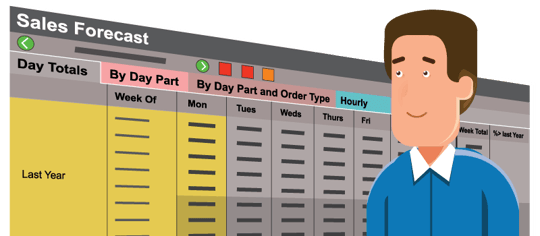

SpeedLine analyzes your sales forecast and established goals to create a recommended labor target for each day, and can even break down labor goals into hourly time periods.
You can think that you’re making all the right decisions when it comes to delivery, but the only way to accurately find out is by using a variety of reporting techniques. If your POS system doesn’t allow you to easily access your key delivery statistics, then you’re going to be left in the dark about how your service is performing and how it can be improved.
Some of the main delivery features that you should be tracking include:
This information will help you effectively operate your restaurant’s delivery service at optimal levels.
So how do you get access to these stats? That’s simple: with the right delivery management software, detailed reports let you analyze even the smallest details of your operation. That’s why you need to make reporting capabilities a major factor when finding the perfect restaurant delivery system.
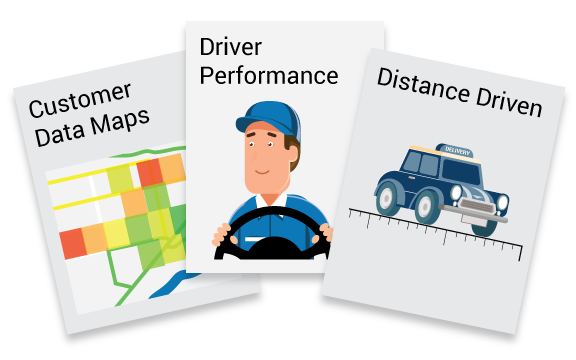
It seems like third-party delivery services are everywhere nowadays, and it’s clear that they’re not going away anytime soon. There have recently been a lot of cities trying to minimize the presence of these services through fee caps, and major PR pushes for the community to order directly from small businesses. But for a lot of smaller restaurants, using a third-party delivery company may make sense.
The most common reason why restaurants use services like GrubHub or DoorDash is a lack of time or resources to create their own delivery platform. But another aspect to consider when deciding whether or not to enlist the help of third-party services is the opportunity to put your brand in front of new customers.
DoorDash alone has a user base of 18 million people. Even the most popular small pizza chains can’t compete with that. Therefore, partnering with this and other third-party ordering companies can get your brand in front of a lot of potential customers living within a reasonable distance of one of your locations.
If using a third-party over in-house delivery, or in addition to it, is something that appeals to you, then you need to know how to maximize the benefits of third-party delivery. A big part of this is properly evaluating every third-party delivery option and then tracking the orders from each source.
With careful tracking, you’re able to see sales coming from each 3rd-party service, so you can determine if they are worth the money you’re paying them every month. Here’s an article to help you figure out whether you should go with third-party or in-house delivery.
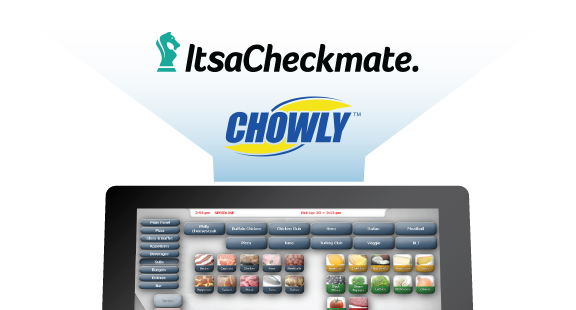
When using in-house delivery, the responsibility of overseeing drivers falls on your shoulders.
The first major hurdle you’ll face is finding the right people to hire for a driver position. A good interview process can be very effective in weeding out individuals who are not suited to a delivery driver job.
Once they’re hired, you need to add the driver to your POS system so that you can easily schedule them and include them in various reports.
You should also put some thought into how you can attract the right drivers and make them more likely to remain at the company for more than a few weeks or months. This is one of the major delivery problems that plague the pizza industry, with some restaurants having a delivery driver turnover rate of up to 220%.
Some of the most effective methods of limiting your driver turnover include:
If you’re interested in learning more about how you can manage your delivery drivers and other employees, check out our Employee Management Ebook.
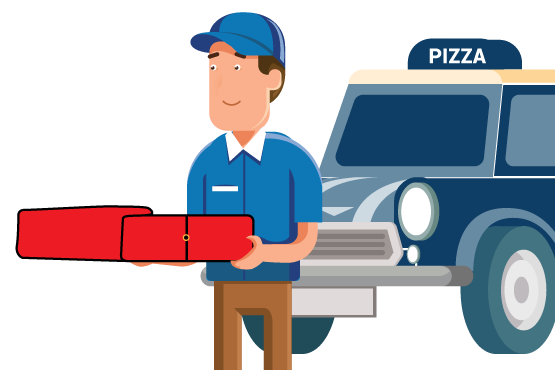
"While hiring, it is really good to understand these people, get to know them, ask open-ended questions, and just see how they react. If you get a person with a good attitude, good work ethic, attention to detail, and a sense of urgency, those people are invaluable."
- Adam Shorter, Cosmo’s Pizza
Many pizzeria owners often refer to their employees as a “family.” And just like your real family, you likely want to keep them safe. Putting employees in dangerous situations not only makes it more likely that they will become dissatisfied with the job and quit, but also leads to increases in employee injuries. That’s why you need to know how you can effectively keep your employees safe, especially when it comes to delivery.
One of the most significant threats to restaurant delivery employees right now is the widespread COVID-19 pandemic. Your drivers are having to interact with countless customers, some of whom could have been recently exposed to or infected with the coronavirus. Without the proper safety precautions, there is nothing to stop your drivers from being infected and consequently spreading this disease to everyone they make a delivery to.
Besides mandating that employees wear gloves, masks, and other PPE, you can also set up a contactless delivery option. Contactless delivery at the door or curbside allows employees to get food to the customer without ever having to physically interact with them, which minimizes the risk of infection. A big part of this involves giving customers the ability to pay for their order beforehand using a credit or gift card.
Contactless tactics can be used for more than just dealing with COVID-19—they can also be practiced during flu season, or other periods of major health concerns.
Insurance is an absolute must-have for anyone who plans to offer in-house delivery. But not just any type of insurance will do the trick. You will want to have both general liability and auto insurance coverage for restaurant delivery.
A lot of restaurant owners forgo general liability insurance, since it is not required in many states. However, this type of insurance is what will help protect you against medical payments, property damage, and other threats to your business.
For auto insurance, there are two main types that you could have. If you don’t offer company-owned delivery vehicles, then you’ll want what is known as non-owned auto insurance. This is what the vast majority of pizzerias have. But if you do provide company vehicles for your drivers to use at work, then you’ll need commercial auto insurance instead.
Is there a neighborhood near your store that is particularly suspect at times? Then you’ll need to start using limited delivery zones, which are a great way to help keep your delivery drivers safe. By using this feature, you can restrict deliveries to certain areas to specific times, while still allowing customers from these areas to order pickup, or dine in. No more sending your teenage drivers down a dark and scary street at 11 p.m. to deliver a pizza at the risk of their health and safety.
You can use delivery zones for so much more than just keeping your employees safe. They are also an effective tool for optimizing your ROI on every delivery order.
By setting up delivery zones, you can help control the fees associated with deliveries to certain addresses. So someone who lives 2 miles from the store isn’t being charged the same as someone who lives just a couple of blocks away. This ensures that it is always worth your time to complete a delivery order, and makes it easier to dispatch drivers using the most efficient route possible.
Charging a bit more for distant deliveries can also allow you to expand your delivery area while maintaining profitability. Do your competitors refuse to deliver to semi-rural areas near your town? Sometimes customers in these areas are willing to pay a higher delivery fee, and can become fiercely loyal to the one shop willing to go the extra mile to their doorstep.
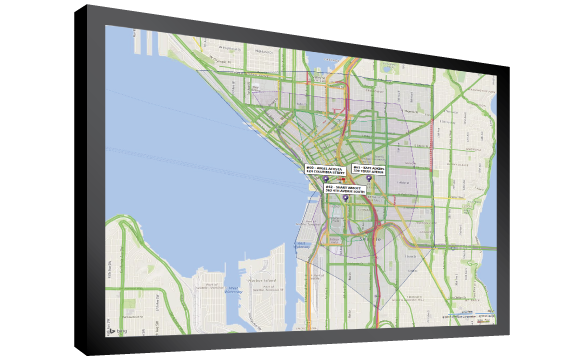
Bottom line is, we live in a world where delivery is no longer optional if you want to have a thriving pizzeria. When choosing a new delivery system or upgrading your current one, you’ll want to take advantage of some of the features mentioned above, like branded packaging, custom delivery zones, driver insurance, and contactless delivery. If you need help evaluating your current delivery system, book a consultation with our team. We're happy to help.
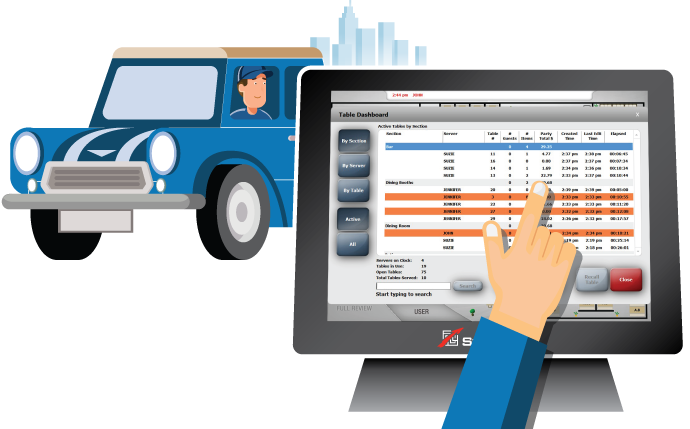
General Inquiries:
1-888-400-9185 info@speedlinesolutions.com
Support:
Copyright ©2023 by SpeedLine Solutions Inc.